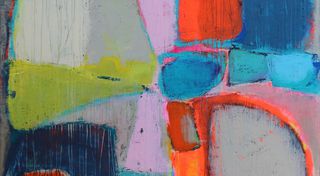

Biography
Simon Norfolk is a renowned landscape photographer whose work over the past decade has centered on exploring the multifaceted meaning of the term "battlefield." His captivating photography spans some of the world's most dangerous war zones and refugee crises, but he is equally adept at capturing the landscapes of supercomputers used for military systems and the testing of nuclear missile launches.
Born in Lagos, Nigeria, in 1963, Simon Norfolk was educated in England, earning degrees in Philosophy and Sociology from Oxford and Bristol Universities. Throughout his career, Norfolk has focused on documenting the landscapes of countries ravaged by war. His images capture the aftermath of genocide and conflict, offering viewers a chance to reflect on the devastating impact of war without the subjective lens typical of photojournalism.
Norfolk has produced three acclaimed monographs: Afghanistan: Chronotopia (2002), published in five languages; For Most of It I Have No Words (1998), which focuses on the landscapes affected by genocide; and Bleed (2005), exploring the aftermath of the war in Bosnia. His work is part of major collections, including the Museum of Fine Arts in Houston, Deutsche Börse Art Collection in Frankfurt, and the British Council's collection.
In 2011, Norfolk published Burke + Norfolk, a rephotography project of John Burke's 1880s Afghan photographs, which was exhibited at Tate Modern in London, making Norfolk one of the few photographers to hold a solo show there. Described by critics as "the leading documentary photographer of our time," Norfolk's work is praised for its passion, intelligence, and political insight, offering a clear and unique perspective on global conflict.
Throughout his illustrious career, Norfolk has received numerous accolades, including The Infinity Award from the International Center of Photography in 2004 and Le Prix Dialogue in Arles in 2005. His book Bleed, published in 2005, continues to be recognized for its powerful portrayal of the aftermath of the Bosnian War. His work is regularly featured in major publications such as The New York Times Magazine and The Guardian Weekend.
Nationality




